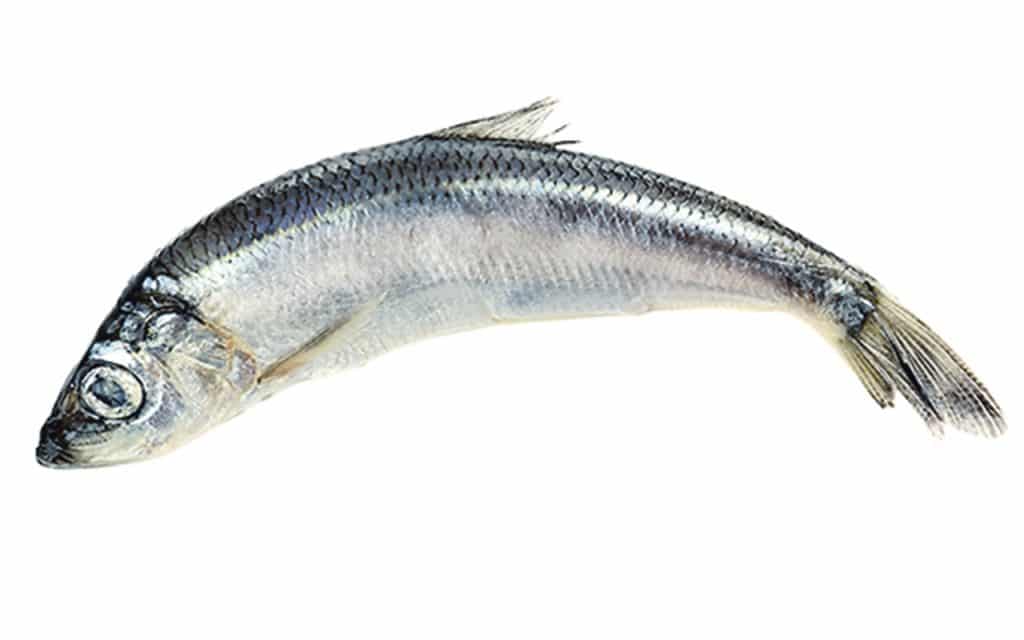With fish stocks in decline in the Celtic Seas, the future of Ireland’s fisheries at risk and fishermen and ecologists at loggerheads, Fiona Hayes examines the role of the tiny fish so important in the diet of larger fish and what we need to do to keep our fish stocks healthy for the future.

In June 2025 The International Council for the Exploration of the Sea (ICES), recommended a zero-catch level for cod, haddock, whiting, and herring stocks throughout 2026 in the Celtic Seas. ICES is a scientific body that operates across 20 governments and gives impartial evidence on the state of and sustainable use of seas and oceans. They noted that fish stocks are in decline due to reduced recruitment in recent years. Recruitment refers to small juvenile fish transitioning to larger mature fish.
There is a large variety of larger fish that feed on sprat. Indeed cod, haddock and whiting, all currently in decline feed on sprat. These little silvery fish that make up 30 per cent of the diet of whiting are a vital part of keeping our coastal waters stocked to keep our fisheries healthy for future generations.
The Irish Government has issued a new policy directive, that from October 1, 2025, vessels over 18 metres, fishing for sprat within the six nautical mile zone, will require authorisation and will be subject to a quota limit of 2,000 tonnes. From October 1, 2026, all vessels over 18 metres, including those targeting sprat, will be fully excluded from trawling inside the six nautical mile zone. This marks a significant change in the management of Ireland’s inshore fisheries.
The future of Ireland’s fisheries is on a knife edge. If cod, haddock, whiting and herring don’t recover, other fish stocks will become stressed. In the meantime, the Irish inshore fishing industry needs help to stay afloat. It needs financial help during times of stock recovery, and it needs better informed policy making by government. As data collection improves, management strategies that use simulation models can enable evaluation of different restrictions, ensuring that policy directives are based on ongoing scientific data.
Sprat, a tiny fish, lives only five years and looks much like a juvenile herring. It spends much of its life in the open waters but at certain times of the year comes into bays to spawn in shoals. This is when large trawlers can net the greatest numbers. Younger sprat produce significantly less spawn than mature sprat and the trawl nets catch all, no matter age or size.
Supporters of the current government directive on the six-mile limit, point to a falling biomass of sprat and a reduction in the age at capture and suggest the government directive does not go far enough. They believe a complete pause in fishing for sprat is necessary, until the scientific evidence is available to regulate Sprat sustainably. With ICES recommending zero catch limits for some species and government restrictions on sprat, some fishermen fear their livelihood disappearing.
The European Commission uses ICES recommendations to set Total Allowable Catch (TAC) limits, which are then shared among EU member states through national fishing quotas. The Irish government is responsible for distributing their quota share among the national fishing fleets and for ensuring that their quotas are not overfished.
In Ireland, Sprat is not fished for human consumption but for grinding up to feed fish farms and create animal feed. Whilst ICES makes recommendations, no TAC is set for Sprat. There is no limit on catch, nevertheless this important little fish, which forms the foundations that hold up much of the predator web is creating a massive controversy and rift between fishermen and ecologists.
In October 2023, a scientific paper which looked at ‘Developing management plans for sprat (Sprattus sprattus) in the Celtic Seas’ was published in the Canadian Journal of Fisheries and Aquatic Sciences.
This paper acknowledged the complexities of making management decisions for fishing of a single species of short-lived, fast-growing fish that is subject to variation in biomass because of multiple environmental factors. The authors acknowledged overfishing as a possible cause of stock depletion whilst investigating a framework to include strategic and tactical solutions. They argue that any strategic solution must follow an Ecosystems Approach to fisheries and note the need to develop Ecological Reference Points (ERP) to be included into computer-generated management strategy evaluations. These would simulate different situations to test alternative policy directives.
One of their main inquiries asked if the current ICES advice framework results in maintaining forage fish stocks at levels that satisfy the needs of natural predators. As many of the fish caught for human consumption rely for their existence on forage fish such as sprat, this would appear to be a vital question.
ICES advice for Celtic Seas Sprat was first given in 2012 and recommended no increase in catch. Applying a precautionary buffer to safeguard stock, a 20 per cent reduction in catch was advised in 2013, and has been applied every three years since.
Stocks of small fish at the bottom of the food chain can exhibit significant fluctuations even in the absence of fishing pressure and this annual advice, given despite a lack of data and using an oversimplified advice framework does not answer the question “how much can be safely harvested while leaving sufficient for the wider ecosystem?” Advice on Sprat catch is given using either a biomass model, estimating numbers that can be harvested sustainably based on historical data; or a model based on the actual harvest from previous years.
Sprat disperse through the water column only coming together to spawn, so despite acoustic surveys that cover portions of the stock, the total biomass is unknown. The numbers used are very much an estimate and assume that fishing is the only variable.
With the collapse of whiting stocks between 1985 and 2000, the biomass of sprat increased, as they faced less natural predation, but these current estimated models do not account for biomass changes due to predation, changes due to spawning or to recruitment. Currently the size and age of fish being landed is not considered in these models and yet this has a significant effect on spawning, younger fish producing significantly less spawn. Temperature of the water impacts the development and survival of sprat eggs and abundance of zooplankton impacts juvenile growth rates.
New Management Strategies can use Ecopath with Ecosim (EwE) eco-system models, that can identify key linkages and drivers of forage fish production.
Producing reference points for key prey species, such as sprat and other forage fish, they can consider how over exploitation of these fish may impact the production of larger fish and sea mammals, as well as the general ecosystem.
At the 2020 level of fishing mortality, sprat was estimated to be roughly eight per cent less than its potential ‘unfished’ biomass. The models are able to consider how long it will take cod, haddock and whiting to recover if sprat fishing increases beyond this level.
The use of these simulations will become more accurate, as more reliable data is input. It is now imperative that government, the fishing industry, environmental NGO’s and activist groups such as Save Our Sprat work to create a collaborative culture that is united in looking to the future health and abundance of our coastal waters.
The technology now exists to help inform our decisions, we must make the best use of it.



